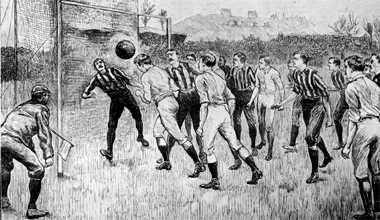
The exact origins of football are still unknown. The current formula with two teams of 11 players, which are measured in a bounded playing field, was probably born in nineteenth-century England , but according to some sources a similar game was already practiced in ancient China . Long before Julius Caesar imported the harpastum into Britain and the game of football in the Roman world.
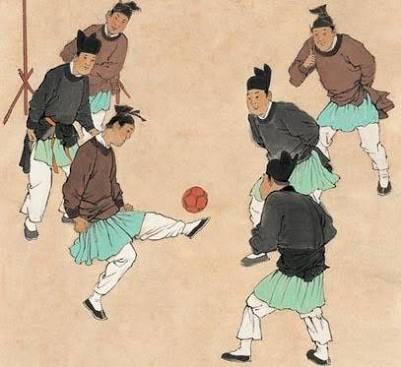
Origins of Football: A Thousand-Year History
Even Japan , in proposing its candidacy to host the 2002 edition of the World Cup, has claimed an ancient football tradition, attested by some documents dating back to the fourteenth century in which it is said of a game with the ball known as Pila .
This with regard to the East: even in the West the origins of football are the most disparate. The Greeks have left evidence of a game done with the ball and with the feet dating back three centuries before Christ. It was called Episkyros and took its name from the central line of the field, called sciro .
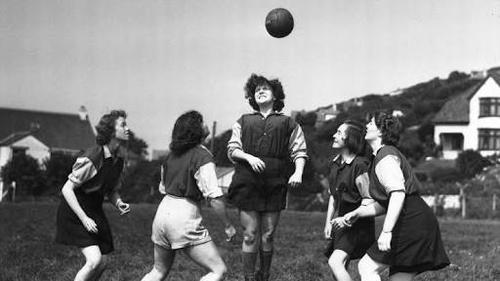
The Roman Harpastum
So the ancient Romans, who learned from the Hellenic experiences in the arts and sciences, imported this game and spread it for their domains calling it Harpastum, a name that derives from the Greek verb 'to kidnap'. In this game you had to kidnap the ball to the opponents and then kick it with great force forward.
Harpastum coincides not only with the origins of kicks , but also with those of rugby . In fact, the Roman harpastum was played without boundaries , but already at that time there was a referee who decreed the beginning of the game and had the task of controlling the behavior of the players.
For obvious reasons, the game was immediately transformed into a real battle : the athletes hurled themselves decisively against each other in order to kick the ball to be able to hurl it beyond the back line. Each ball that passed this line - just like the out loud ' goal!!!!!!!! ' - meant the assignment of a point.
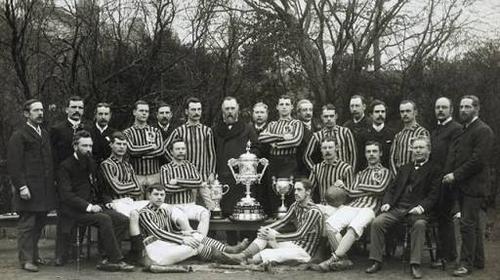
Sferomachia and Florentine Soccer
With the passing of the years and of the centuries the men reveled more and more of Sferomachia - this was called the game of ball in the Renaissance period - until this game landed in Florence .
The Florentines boast that they are the ones who guard the origins of football, especially in a modern sense of the term, and in a sense have several good reasons for doing so. Football in Florence aroused a great passion and fierce rivalry between the different districts of the city.
In a short time it became an authentic popular and social phenomenon, to the point that it was even allowed to play the most important events. The Florentine football rules were modified and codified. Considerations were taken not only the trend of the competitions, but also the behavior of the public.
In Florentine football each team consisted of 27 players , very similar to Roman gladiators; the use of the feet was certainly preponderant, but in the course of the game the use of the hands according to fixed and precise rules was allowed.
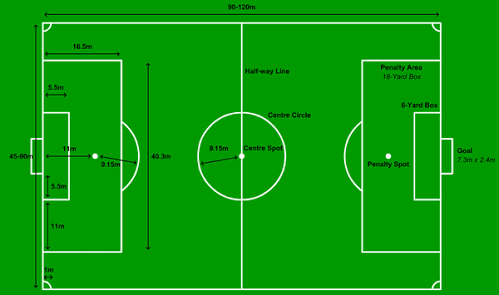
Modern English Football
Despite the experience of Florentine football and even before the Chinese, Japanese, Greek and Roman, the English are unanimously recognized as ' fathers of football '; also avid footballers since the medieval age.
This for a simple - how important - reason: it was the English in the nineteenth century to draft the first regulation of the game of football , making it rise to the level of sport.
Thanks to the British - and their rules - this also came to another important result. Little by little the regulation made the footballers 'habit of taking the field with the primary purpose of kicking only their opponents reduced .
This was the first real step towards football, understood as modern sport.
Comments